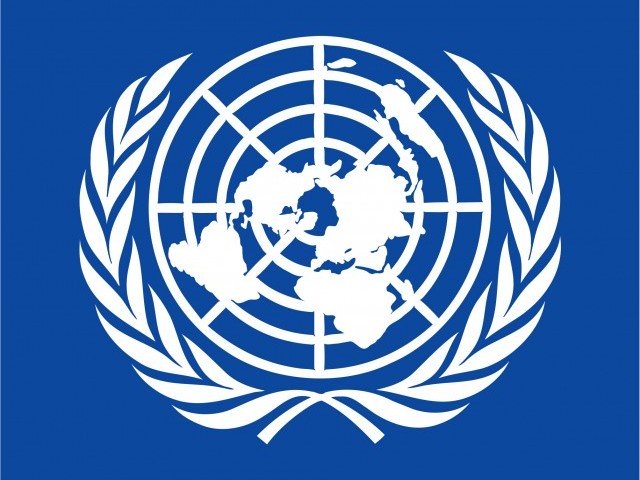
A report compiled by the United Nations Development Programme (UNDP) in December 2016 – a copy of which is available with The Express Tribune – said that the per capita designed live water storage capacity available in Pakistan is 121 cubic meters per person which is only higher than that of Ethiopia.”
Titled: ‘Development Advocate Pakistan: Water Security in Pakistan, issues and challenges’ it says: “Pakistan’s water profile has changed drastically from being a water abundant country to one experiencing water stress. Increasing demand for water and its erratic supply together are resulting in water shortages.”
Parliamentary panel: CDA urged to test water quality every three months
“Pakistan requires an increase of 14.2% in water availability to meet the requirement of population by 2025; however, the growing burden on water resources threats will add to Pakistanis’ wellbeing from unsafe or inadequate water supplies,” says the report.
Water demands continue to increase owing to a rise in population and a higher demand for multiple uses.
Describing water security as Pakistan’s most critical development challenge, the report says between 1990 and 2015, water availability had declined from 2,172 to 1,306 cubic metres per inhabitant.
Pakistan extracts 74.3% of its freshwater annually, thereby exerting tremendous pressure on renewable water resources, the report points out, adding, despite remarkable improvements in the proportion of population using an improved water source and sanitation facility, 27.2 million Pakistanis do not have access to safe water and 52.7 million do not have access to adequate sanitation facilities.
“The repercussions on health are severe, as it is estimated that 39,000 children under the age of five die every year from diarrhoea caused by unsafe water and poor sanitation.”
The study warns that rapid climate change and global warming will have major impacts on increased crop water requirement. This will hamper productivity owing to changes in crop boundaries and reduced length of the growing season. “Thus, the chances of reduced water availability during dry years can be expected, extremes will be more frequent and severe, which will have negative impacts on productivity and sustainability of irrigated agriculture,” says the report.
‘KWSB not taken on board for high-rise buildings’
Khalid Mohtadullah, former member (water) Wapda, while sharing his opinion on the report, said in Pakistan, the increased storage capacity alone is insufficient to solve the problem. More efficient use of water needs to be targeted.
“The prevailing productivity per unit of water in Pakistan is among the lowest in the world,” he said.
A senior official of the science and technology ministry on the condition of anonymity told The Express Tribune: “Currently, it has become challenging for Pakistan to meet the increasing water demand, with an increasing population. Groundwater is also depleting with an alarming rate every year.”
Published in The Express Tribune, February 2nd, 2017.





1725254039-0/Untitled-design-(24)1725254039-0-270x192.webp)
1732189200-0/Express-Tribune-(13)1732189200-0-270x192.webp)



1732186994-0/Untitled-design-(10)1732186994-0-270x192.webp)






COMMENTS (3)
Comments are moderated and generally will be posted if they are on-topic and not abusive.
For more information, please see our Comments FAQ